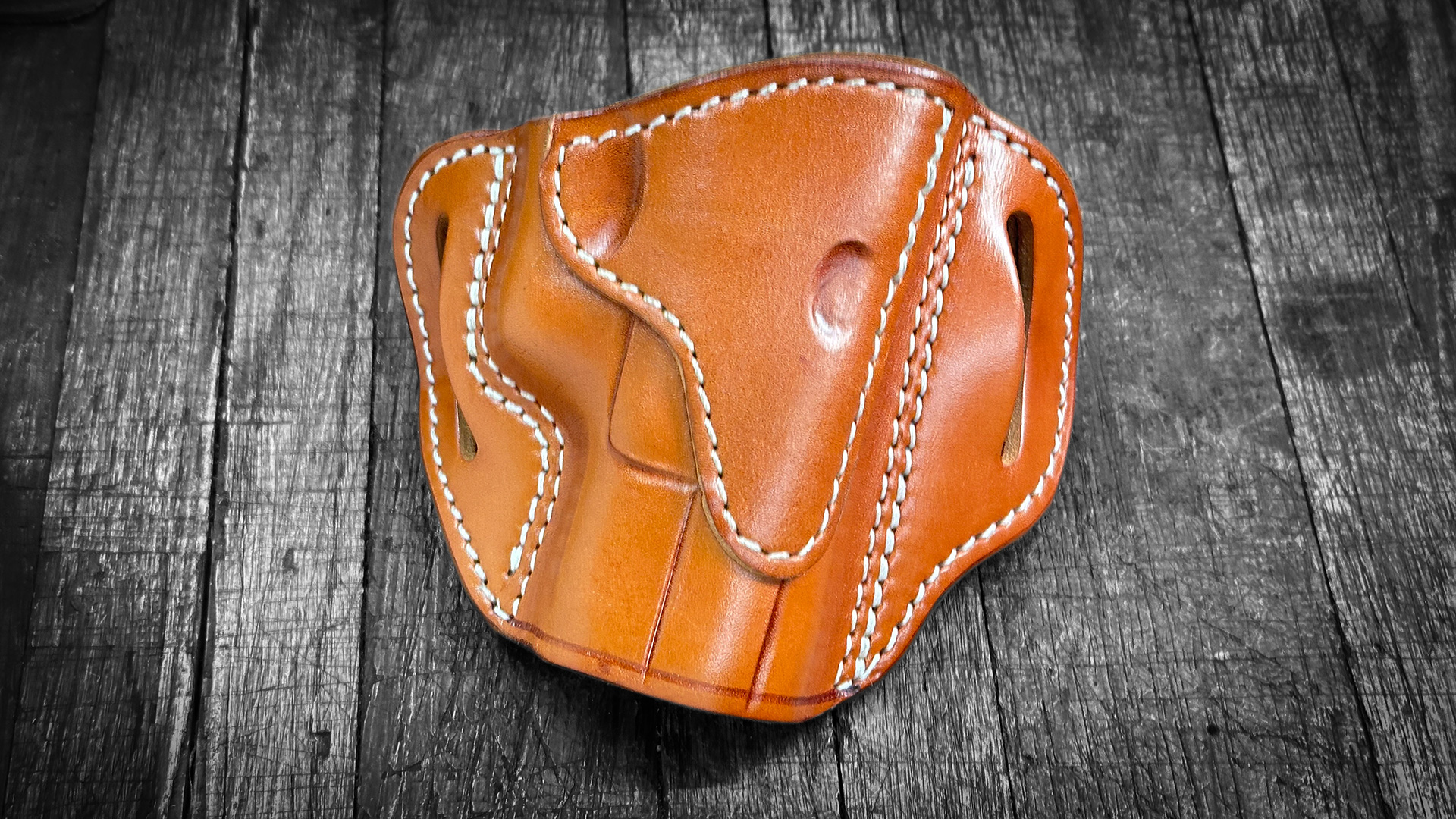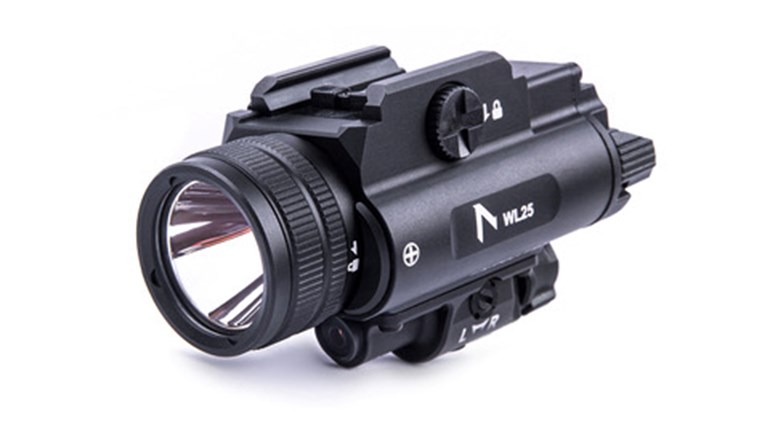
While they serve the same purpose as a kydex holster, the fact is, all things being equal, a leather holster will look better than some lump of plastic on your hip. After all, pride of ownership is a thing, as is pride in exercising your right to keep and bear arms, so why not use a holster that expresses your pride in your freedom?
Those two concepts, pride and freedom, are two of the reasons why Ramiro Romani founded 1791 Gunleather. 1791 builds its holsters in a suburb of Mexico City, and the name of the company derives from the year the United States Bill of Rights was ratified and put into law, codifying our pre-existing right of self defense. Those rights are universal, however, which is why Ramiro (“Rambo” as he is known to just about everyone), also stresses Article 10 of the Mexican Constitution, which covers the right to keep and bear arms in that country.

The tradition of leatherworking in Mexico goes back centuries. Anyone who has spent any time on horseback knows the craftsmanship that is put into a Mexican-made saddle, and that same care and skill is put into the products from 1791 Gunleather. I had the chance to see this for myself during a recent trip to 1791’s fabrica (factory), and got to see how this company is keeping the tradition of high-quality leatherworking alive.
It all begins with the skin. “Our goal with 1791 Gunleather was to bring back some of the processes which got dropped by other companies as they grew and expanded and were bought out by other larger companies,” said Romani as he walked through the factory floor. “Things like sillero tanning on the leather for a deep, rich tone or hand-making the holsters from start to finish are a big part of what we do here.”

Another thing that sets 1791 apart is a commitment to the people who work in the factory. Everyone who works there lives within 20 minutes of the factory, and Romani is committed to providing them more than just a job.
 “The majority of our workers are single mothers, and we gave them on-site daycare and opportunities to complete their education. It’s not just about giving them a job, it’s about giving them a better way of life,” said Romani. “We start out the new workers, and then give them a pathway to gain more responsibilities and eventually become team leaders.”
“The majority of our workers are single mothers, and we gave them on-site daycare and opportunities to complete their education. It’s not just about giving them a job, it’s about giving them a better way of life,” said Romani. “We start out the new workers, and then give them a pathway to gain more responsibilities and eventually become team leaders.”
And it seems to be working, as there are currently 80 to 110 people working in the factory, depending on demand, creating both traditional holsters and innovative new products like the Multi-Fit OWB holster.

I had a chance to see first-hand how that blend of old-school handmade processes and new-school hiring practices blend to create a holster to my specifications. Creating a holster begins with a die press to create the outlines for all the holster parts, and those parts are then trimmed and swaged. The individual parts are then marked for gluing and sewing, and then stitched, finished and trimmed. The holster is then molded and finished by hand, one at a time, and then painted and varnished for a rich shine. All of this is done by hand, by people who are proud to work for 1791 Gunleather.
I must confess that I am a latecomer to leather holsters. I started off in kydex, as that’s what was in common use in practical pistol in the early 2000s when I got serious about shooting. However, as my involvement with guns deepens and I start to develop a sense of pride of ownership in my firearms increased, I began to understand how leather holsters could both work as a secure way to carry my pistol until I needed it and look fantastic while doing so, and the care and craftsmanship that 1791 Gunleather puts into each holster means my pride of ownership and love for freedom is reflected in how I carry my gun.




































